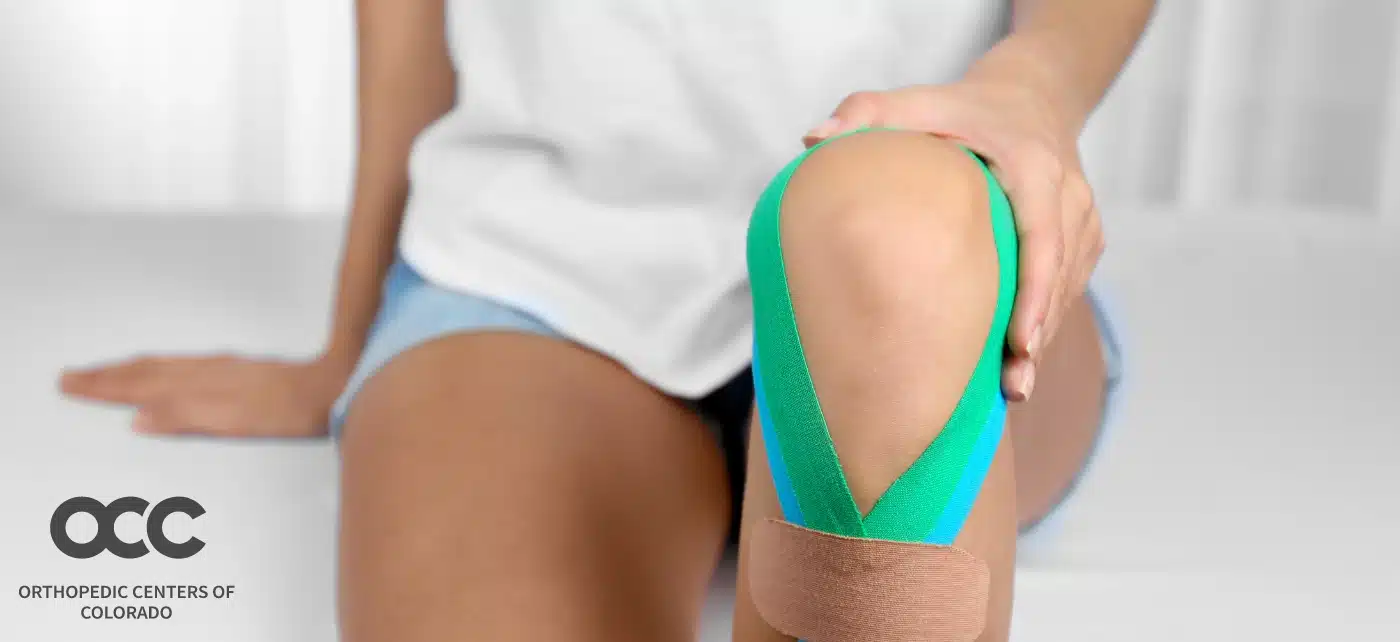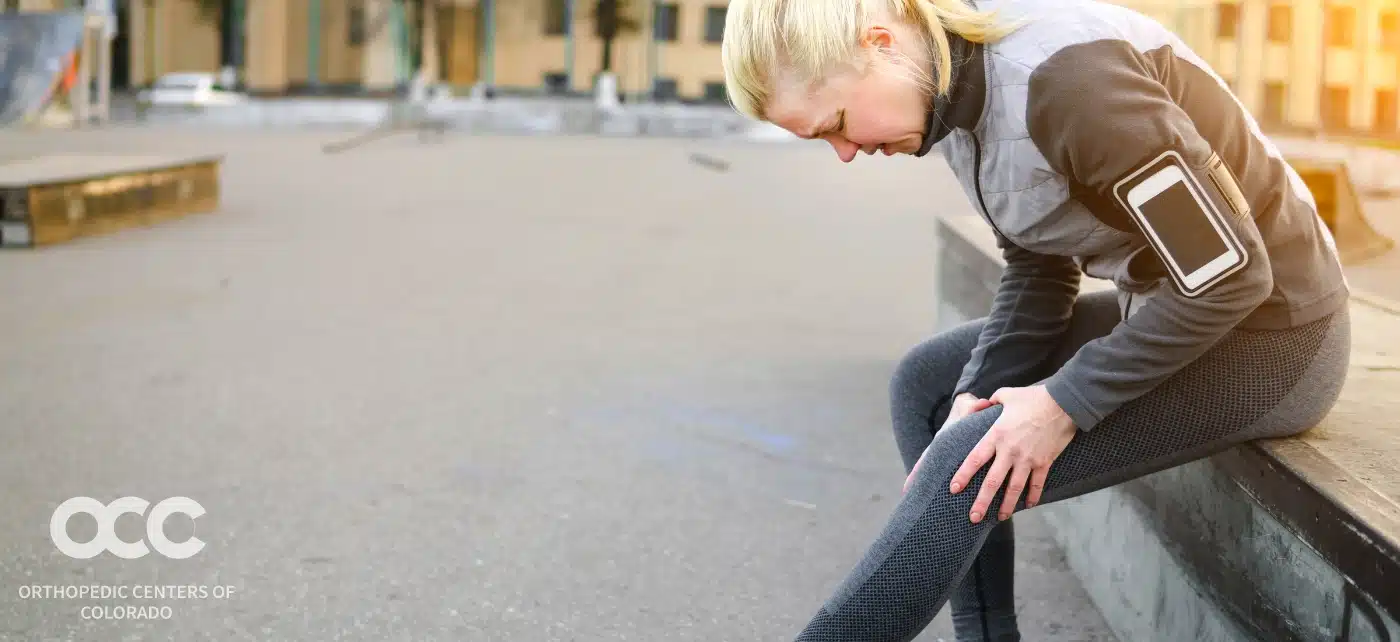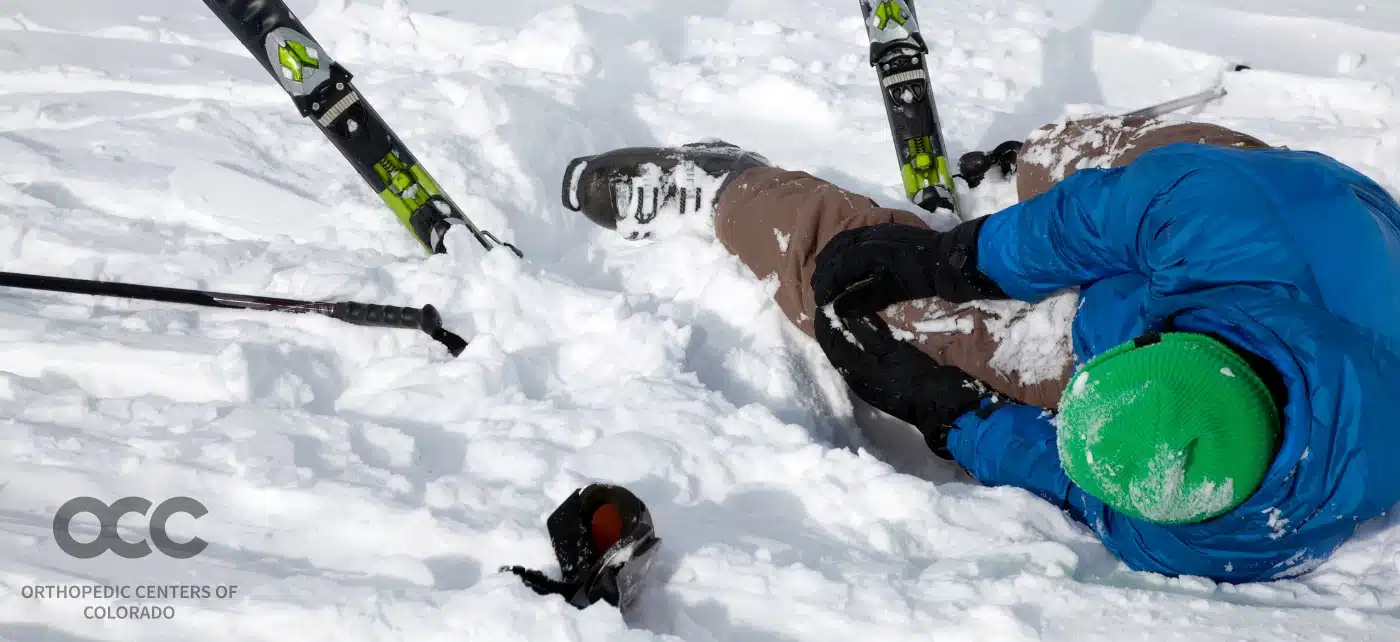
Lateral Collateral Ligament Tear
Consider how important the simple movement of just walking is, then imagine how disabling a lateral collateral ligament tear can be if it causes knee pain or causes your knee to give way. Your lateral

Consider how important the simple movement of just walking is, then imagine how disabling a lateral collateral ligament tear can be if it causes knee pain or causes your knee to give way. Your lateral

If you’ve been living with knee pain because a knee replacement seems overwhelming, it may be time to revisit the idea of a Total Knee Replacement (TKR). Also known as Total Knee Arthroplasty (TKA), the

No one should have to live with intense pain or discomfort. Least of all, children. Osgood-Schlatter disease is the most common cause of knee pain in children and young adults who are still growing. It

The knee is one of the body’s most important physical features. You could not move your leg in any direction or perform routine actions such as standing, bending, or walking without it. Additionally, the knee

The quadriceps tendon is a durable piece of tissue that helps straighten the leg. A quadriceps tendon tear is a painful condition that makes this activity difficult. This makes it difficult to walk. As a

Sprained or torn MCL injuries are among the most common ski injuries. The medial collateral ligament (MCL) is located on the inside of your knee and can be sprained or torn when pressure or hard

Patellar tendon tears can happen for many reasons and affect many different people. It can occur from chronic overuse or may arise from sudden traumatic incidents. It can be the result of accidents around the

It’s almost officially winter here in Colorado, and, as we have more cold days, we hear from many Colorado residents whose knee pain (or other joint pain) consistently feels worse as temperatures drop. If this

Football fans may often hear about torn ACLs. But the PCL (which stands for posterior cruciate ligament) is often less understood. PCL tears aren’t all that common. Compromising less than 20%of knee ligament injuries, a